


It refers to the massive molecular weight material, that is, the polymer material composed of carbon, hydrogen, nitrogen and organic or mineral elements. Since its final usage state is solid but during the production process, it is heated and compressed to change into the fluidal state, it is possible to form it alone or in composite into the desired form. One of the ways to understand such polymer is to monitor the state when a given small molecule attains bigger molecular weight. For instance, hydrocarbons are in a gaseous state when the number of carbon and hydrogen atoms is small, that is, the molecular weight is small as in methane or ethane, but when the number of carbon atoms increases, its state becomes liquid and when it increases more, it becomes solid. If the number of carbon atoms increase beyond this state, it starts to assume plastic properties. Its plastic property starts with approximately 1000 carbon atoms.
Thermoplastic Resin
| Material Name (IUPAC Naming Method) |
PTFE (PolyTetraFuorothylene) |
|---|---|
| Chemical Structure | 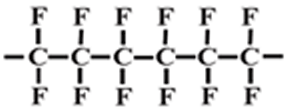 |
| Material Name (IUPAC Naming Method) |
PTFE (PolyTetraFuoroEthylene) |
| Usage | Seal Ring |
| Material Name (IUPAC Naming Method) |
ETFE (EthyleneTetraFluoro Ethylene) |
|---|---|
| Chemical Structure | 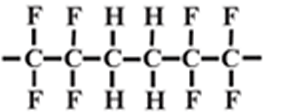 |
| Material Name (IUPAC Naming Method) |
ETFE (EthyleneTetraFluoro Ethylene) |
| Usage | Seal Ring |
| Material Name (IUPAC Naming Method) |
PEEK (PolyEtherEtherKetone) |
|---|---|
| Chemical Structure | 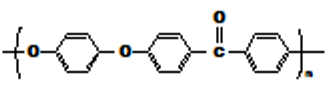 |
| Material Name (IUPAC Naming Method) |
PEEK (PolyEtherEtherKetone) |
| Usage | Seal Ring, Thrust Washer |
| Material Name (IUPAC Naming Method) |
PA66 (PolyAmide 66) |
|---|---|
| Chemical Structure |  |
| Material Name (IUPAC Naming Method) |
PA66 (PolyAmide 66) |
| Usage | Thrust Washer, Accumulator, VIS Valve |
Thermosetting Resin
| Material Name (IUPAC Naming Method) |
Phenol |
|---|---|
| Chemical Structure | 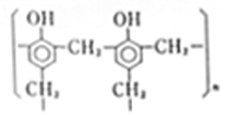 |
| Material Name (IUPAC Naming Method) |
Phenol |
| Usage | Thrust Washer |
| Material Name (IUPAC Naming Method) |
PAI (Polyamide imide) |
|---|---|
| Chemical Structure | 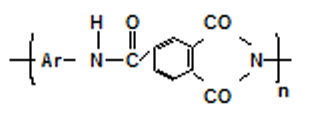 |
| Material Name (IUPAC Naming Method) |
PAI (Polyamide imide) |
| Usage | Seal Ring |

PA is common engineering plastic, which is produced the most widely in the market. Nylon collectively refers to long chain polymers polymerized by the amide bond (-NHCO-). Nylon 66 is acquired by dehydration and polycondensation of hexamethylenediamine and adipic acid. Since its processability is very excellent, it is possible to make composite materials with other materials, which exhibit various properties. However, since it highly absorbs moisture, it has low electric resistance and dimensional stability.
Applied Products : Engine Mount, Trailing Arm Bush, etc
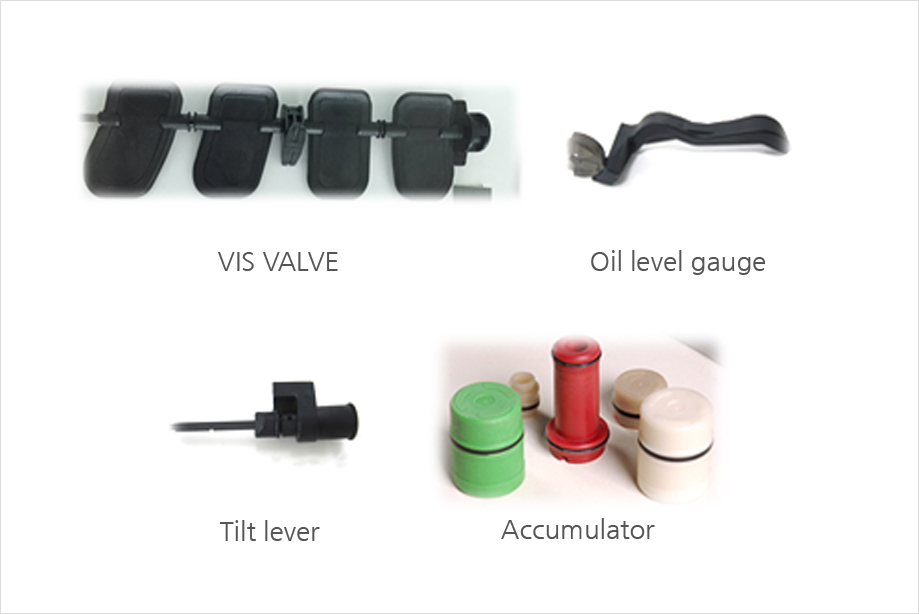
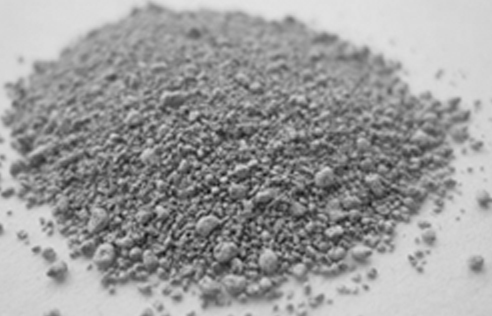
PTFE is heat resistant, cold resistant and chemical resistant, and it has excellently low frictional characteristics, cohesionless property and electric property. By its excellent nature, it is mainly used if various properties are required at the same time (for instance, heat resistant + electric conductance, chemical resistant + heat resistant or cohesionless + heat resistant). Specifically, in the areas where require chemical resistance and solvent resistance for chemical engineering industry and the semiconductor industry.
Applied Products : SealRing
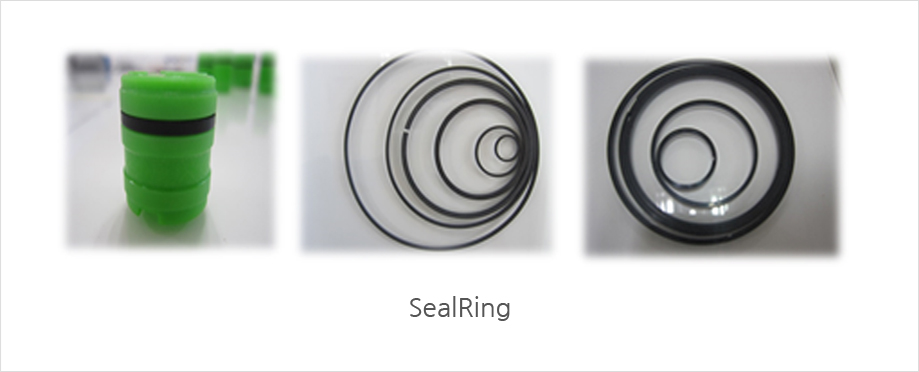
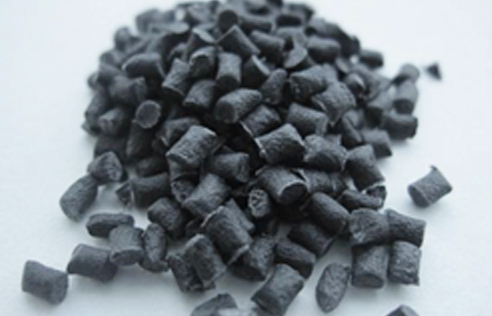
ETFE is material acquired from copolymer of tetrafluoroethylene and ethylene. ETFE is not fully fluorinated but is excellently chemical resistant and its continuous operating temperature is 150°C. Its strength is the highest among fluoride resins and it is injectable.
Applied Products : SealRing
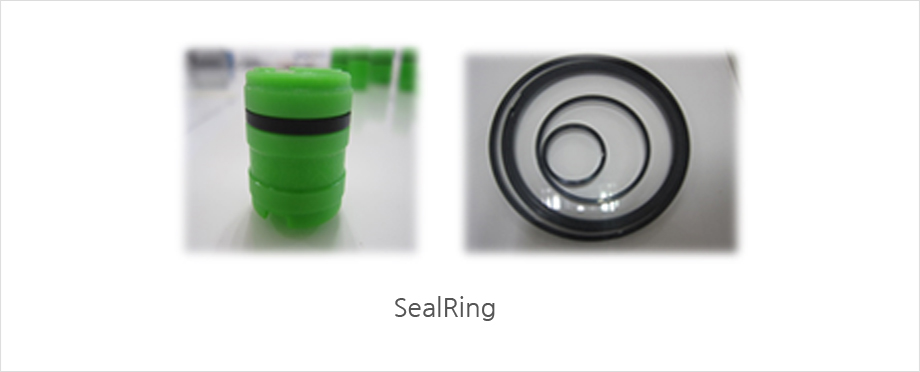
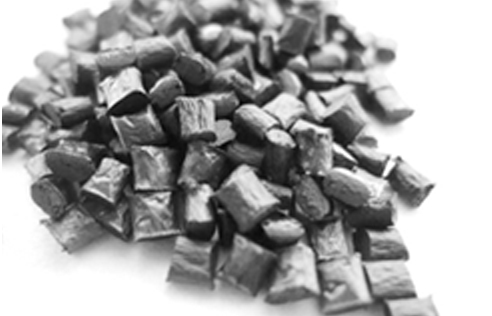
PEEK (poly-ether ether ketone) is linear aromatic polymer with repeated components of oxy-1,4-phenylene-oxy-1,4-phenylene-carbonyl-1,4 phenylene structure. It has the highest performance among materials currently in use. It is highly heat resistant (melting point of 330℃), it has outstanding wear and chemical resistance against contacted parts and by compounding, broad characteristics are assigned to it.
Applied Products : Thrust Washer, SealRing, etc
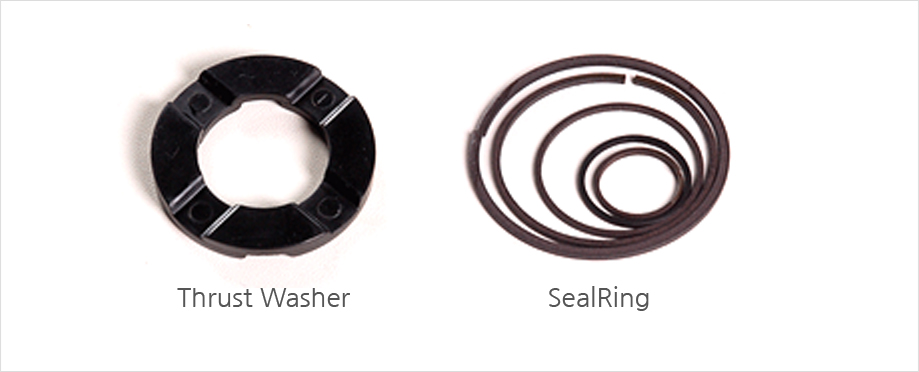
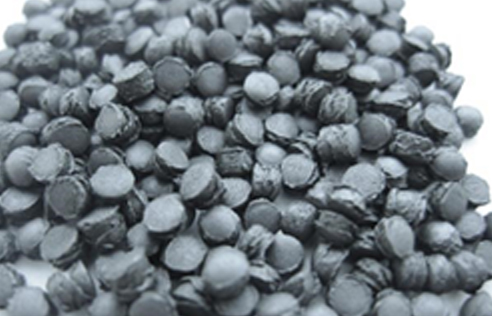
PAI is the PI material of which processability is improved, where PI has high heat resistance but low injectability. It has very high tensile and impact strength. In addition, since it has highly thermosetting resin characteristics, it is generally excellent in every property, which it can be said to be a step higher heat resistant resin material. As it highly maintains mechanical strength at high temperature and its precision moldability is good, it is mainly used for perturbation parts.
Applied Products : Thrust Washer, SealRing, etc

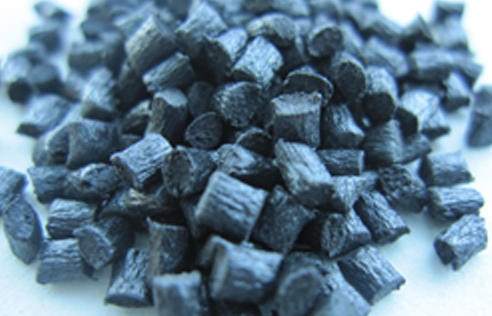
It has the longest history among engineering plastics. It is generally used when combined with filler materials such as glass and/or rubber. It is a thermosetting resin produced with phenol and formaldehyde. Phenol resin is highly heat resistant, chemical resistant and dimensionally stable, and has a good property and price balance. In addition, since it coexists with various fillers without issues, it exhibits various properties. However, it is vulnerable to alkali and difficult to color.
Applied Products : LPA PISTON
